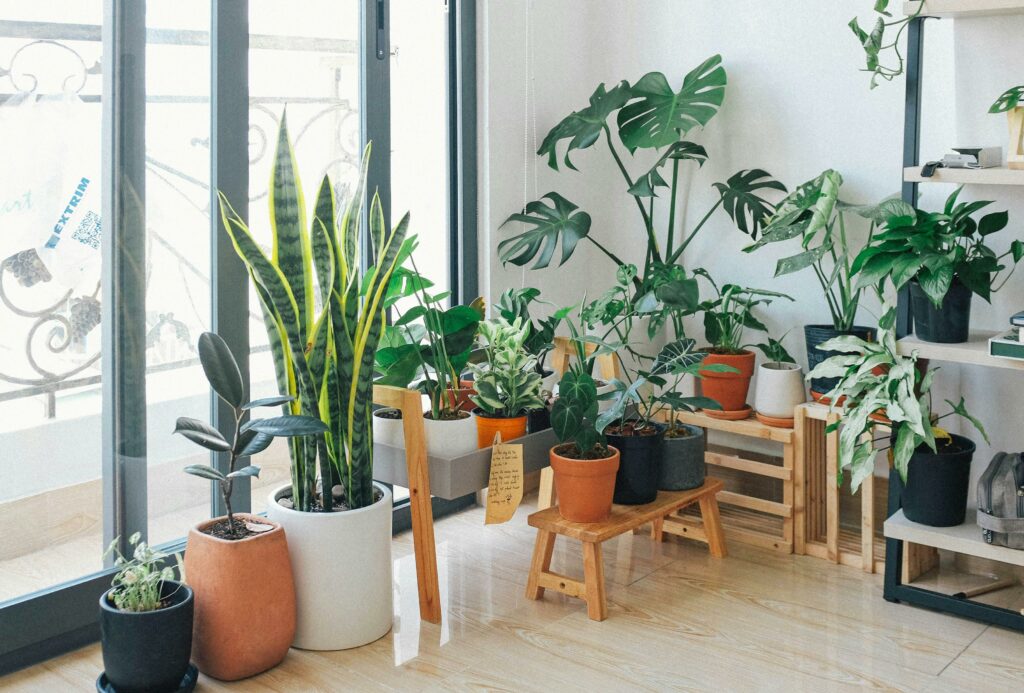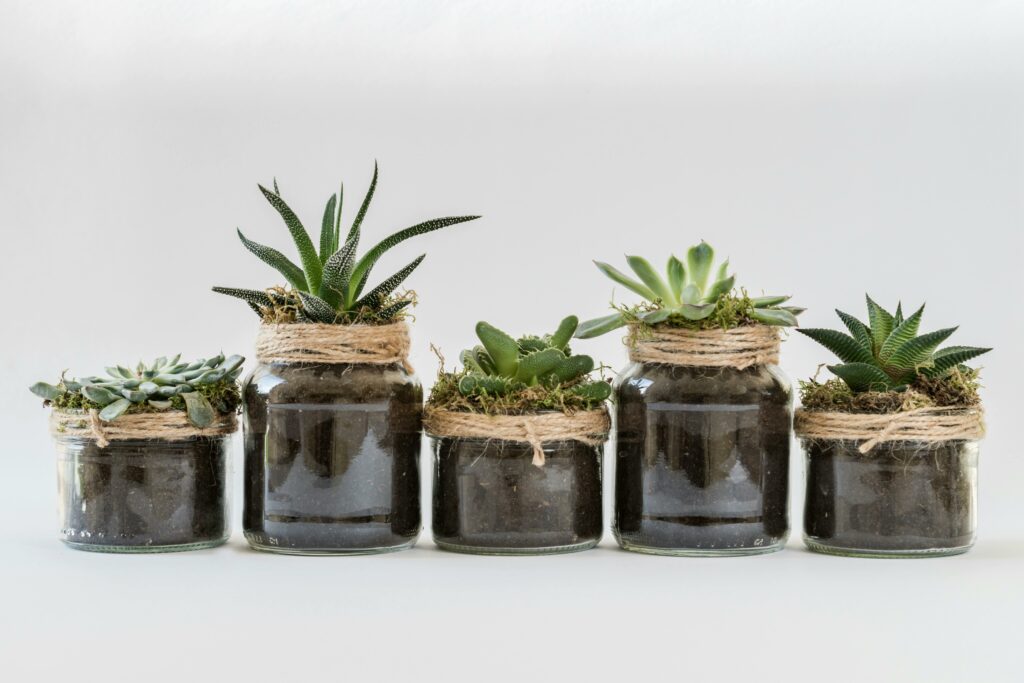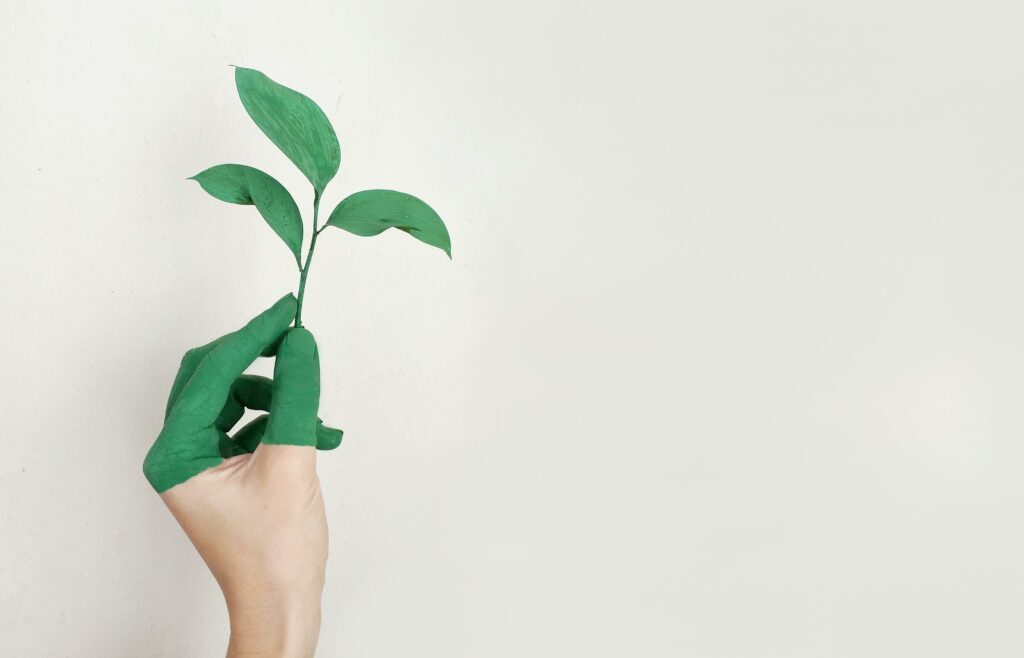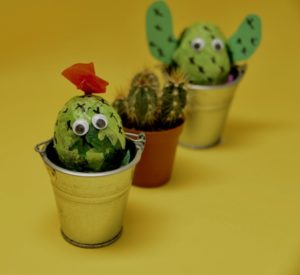It’s indisputable that being around nature makes a huge difference to our mental and physical health. Surrounding ourselves with plants and flowers connects us to the earth, a juxtaposition to our increasingly digital, fast-paced lives. It stands to reason that bringing plants into your home can be more transformative than you may initially have thought.
However, if you don’t have any plants in your house, it can be daunting to know where to start. This article will cover all you need to know about choosing your new house plants: the benefits, how to arrange them, and how to care for them. There’s a fair bit to get through, and this is not an exhaustive explanation, but the information provided should get you up to speed so you can confidently make your first purchase.

Image credit: Pexels
The Benefits Explained
Populating your house with plants can be expensive, and it can also be a fair amount of work – but think of it as an investment. First, Let’s look at why indoor plants are always a great idea!
For the Aesthetics: Starting off with the most basic benefit – houseplants look great! They’re incredibly versatile, with the capacity to offer a pop of natural colour to virtually any decor. You’ve also got a huge amount of variety in shape and size to fit any room, and generally, plants can change a room from looking cold and clinical to bright and vibrant more so than most other features you can think of.
For Your Physical Health: Plants can hugely benefit your physical health, mostly due to their ability to clean the air in your home. They’re natural air purifiers that actively absorb carbon dioxide and release fresh oxygen via the process of photosynthesis.
And it’s not just this exchange of carbon dioxide to oxygen, either: our homes are full of toxic chemicals like formaldehyde and benzene that are given off by a wide plethora of household products following the manufacturing process.
Through a process called transpiration, plants also increase the humidity of a space, helping to soothe a whole manner of respiratory problems. Before you reach for one of those expensive mechanical air purifiers, it’s a good idea to try the natural approach first!
For Your Mental Health: Being around nature has been proven many times over as being highly effective in promoting good mental health.
While surrounding yourself with natural beauty by taking a walk in a forest or hiking a mountain elicits the greatest effect, keeping plants in your home elicits many of the same benefits, too. The improved air quality mentioned above certainly contributes, but the act of caring for the plants is therapeutic in and of itself.
A great deal of research supports this idea, so if you want to facilitate a more calming, relaxing environment in the spaces you spend most of your time in, you should definitely consider getting a few houseplants.
As a Hobby: Owning and caring for house plants can also make for a great hobby that doesn’t require a huge time investment. Many people find that they ‘get the bug’, so to speak, after buying one or two plants, and progress to fully filling their home with them (take a look on the house plants Reddit board for an idea).
Of course, that isn’t a directive; you don’t have to go overboard – the beauty of caring for plants is that there’s no necessity to collect a huge variety of species or learn absolutely everything about the topic. It may be that you spend your time caring only for one specific, special plant.
The hobby doesn’t just have to be for you, either. Kids are often very receptive and interested in caring for plants or gardening, and teaching them how to care for house plants can be a great way of teaching responsibility and nurturing a love for nature (an aspect of life seldom taught in school).

Image credit: Pexels
Getting Started
Now that you’re clear on the myriad potential benefits of embracing indoor plants, let’s explore how to get started.
Doing your Research: It might be tempting to buy a plant you like the look of, but it’s crucial to learn exactly which plants are suitable for your home environment. Light levels represent one of the most important factors: some plants absolutely must be kept in direct sunlight or they’ll die, while others are perfectly fine left in relatively dark areas of the house.
The other main consideration is temperature. As is the case with differing requirements for light, there are plants that thrive at each end of the spectrum: some in very hot and humid rooms (think conservatories) and others that can be placed in the coolest areas of the house.
Think carefully about where you want your plants to go, and then match that space with the right purchase.
Finally, you should consider the level of commitment you’ll be willing to give your new plants. Different plants require vastly different levels of care in terms of watering, pruning, and fertilising to prevent nutrient deficiencies. Each of these elements equates to extra time and/or money, so just be aware of what you’re getting into!
Buying your First Plants
Once you’re confident you’ve done enough research, it’s now time to buy your first plant. While garden centres are good options, online stores like Beards and Daisies plants offer an easier, categorised browsing experience, allowing you to apply filters based on the main considerations we discussed above. Going the online route also means you don’t have to worry about risking transporting your new plant by yourself; getting a large plant safely into the back of your car can be a big hassle!
If you’re completely new to this, it’s recommended to go for something hardy that doesn’t require a lot of maintenance. Both spider, snake plants and aloe vera plants are solid beginner options for this reason.
It may also be a good idea to go for a moderate to large plant for your first, if only for the reason that you’re less likely to forget it’s there! If you’re not used to caring for plants, it’s much easier to forget a small succulent on a window ledge than a snake plant in the centre of the living room.

Image credit: Pexels
Dos and Don’ts
While caring for house plants is relatively straightforward, there are still a fair few things that can go wrong.
A Word on Pets: If you have any pets, make it a priority to place any new plants well out of reach. Dogs, as you’re likely aware if you own one, have a tendency to chew and eat things they shouldn’t, and not only could you end up with your new plant destroyed, your pet could become ill. Place any small to medium-sized plant on shelving, and if you have a floor-standing plant, try to keep the base area inaccessible to your four-legged companions.
Choosing the Right Fertiliser: Fetilisers come in a whole manner of different types and with ingredient in different amounts, so generally, you don’t want to be using the same one for all your plants unless they’re the same.
The NPK ratio – representing the balance of nitrogen, phosphorus, and potassium – is clearly displayed on the vast majority of fertilisers, so take care to research the proportions your specific plant needs before feeding them. Neglecting to do can kill your plant in some cases.
Keep an Eye on Pests: Being on the lookout for pests is another key component of being a responsible plant owner. Spidermites and aphids are amongst the most common, and these and other species can be devastating to your plant if not caught early. Nip the problem in the bud as soon as you notice it by purchasing and applying the right treatment.
While pests eating away at your plant are most owner’s worst nightmare, most people notice any potential problem before it gets too bad.
Don’t Forget to Clean Your Plants: Many people don’t realise it, but if you have plants indoors, they absolutely need cleaning. With them being inside, they’re subject to dust just like any stationary object, but dust that settles on the leaves can actually directly inhibit photosynthesis.
Take care to regularly wipe the leaves clean with a slightly damp cloth (don’t use any sort of chemicals to do so as this can seriously harm your plant). A more thorough wipe like this can be done once every one or two months, and each week, run over the leaves lightly with a duster.
Wrapping Up
Indoor plants can indeed make for stunning visual features, and hopefully, this article has enlightened you to the fact that they’re much more than that. It’s easy to forget our connection to the natural world as we surround ourselves with the concrete walls of our homes, but welcoming nature inside is a huge step forward in remedying this sentiment.







Leave a Reply